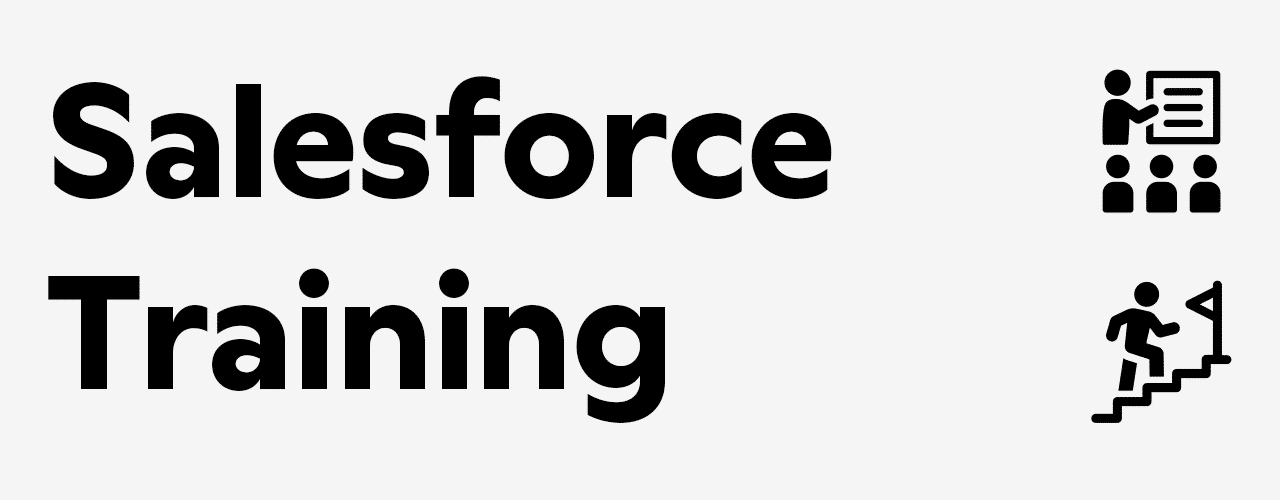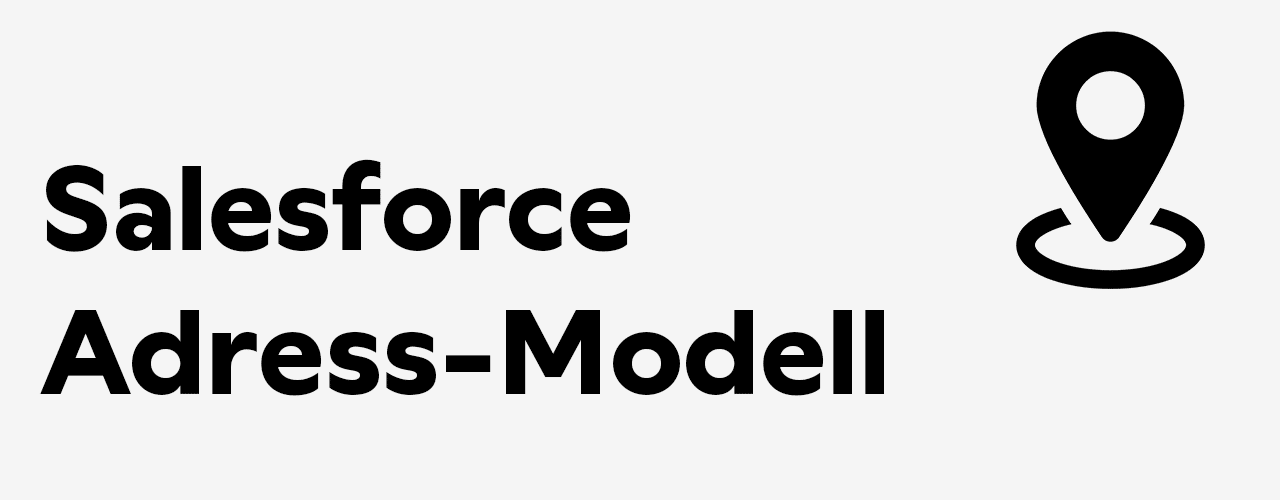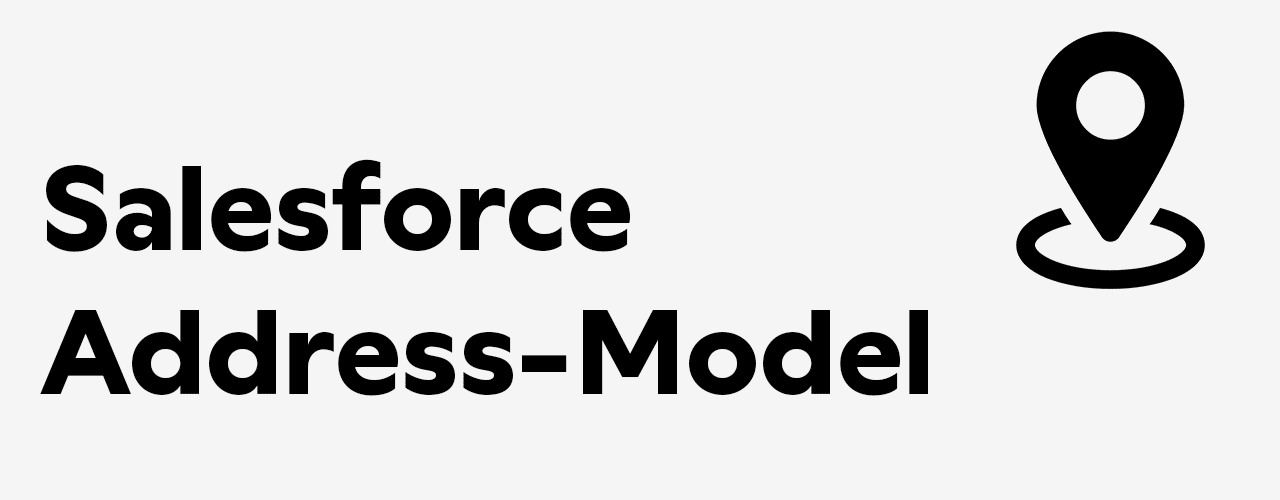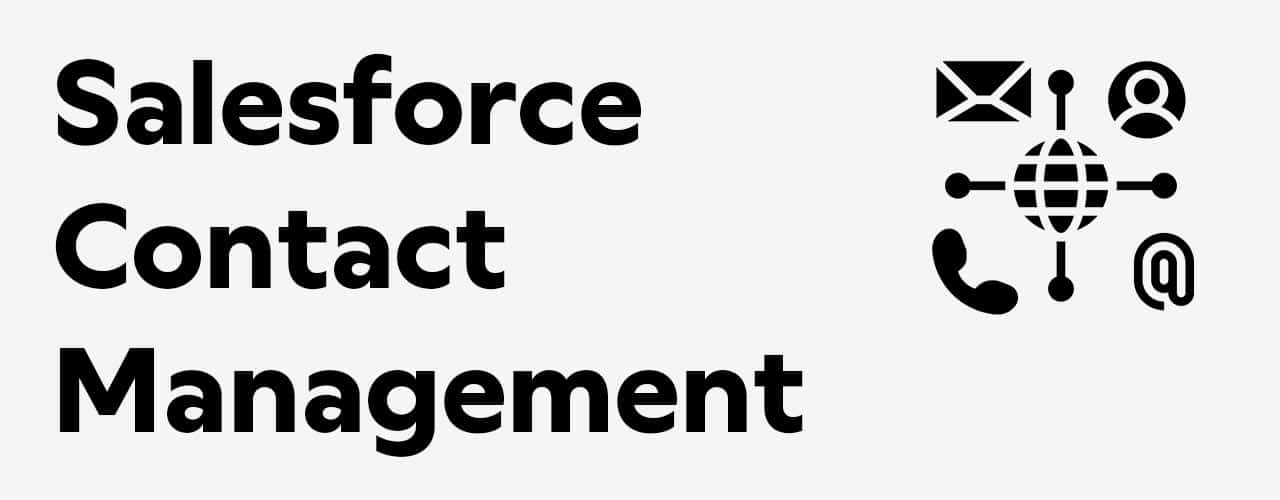“Our application is self-explanatory, no training is required. After all, we have fully focused on a User Centered Design! – or – “Our users are all digital superstars, so training is unnecessary!
Well, I see it differently: Comprehensive Salesforce training is extremely important.
It is praiseworthy if a user interface is really simple, well thought out, tested and optimized. Even on the Salesforce platform, where the interface design is largely predetermined, a lot can still be optimized with reasonable effort. However, it is wrong to conclude from this that no or only limited training is needed.
Over the years, I have found that far too little importance is attached to Salesforce Training and the “underlying” processes. Shortly before the live event, a 2-hour session is organized, everything is explained “hush hush”, and then the future users are told “you can do it, we’re here for you”. Training done!
Finally, a few “volunteer” superusers have been trained to step into the breach for the insufficient training. The training participation is often also voluntary, and so when the new, elaborately created Salesforce platform is introduced, perhaps 70% of the users are just barely trained.
Correct Saleforce Training
Comprehensive Salesforce user training (and the same applies to super users, administrators, etc.) is a mandatory task in a Salesforce project (and the same applies to all other software applications) and must be thought through, prepared, and carried out in a timely manner. Among other things, questions like:
- User groups, special functions
- Contents, goals, possible control of the imparted knowledge
- Application environment for training (test data, test processes)
- Type of implementation, – place, – time frame
- Documentation (offline, online)
- Retraining, possible repetitions
Process knowledge
In addition to the actual Salesforce training, the teaching of other topics is extremely important:
- Process knowledge: Participants should understand which processes are supported or handled by the Salesforce application
- The Why: Why are we introducing Salesforce, what are our strategic and other goals? Ideally, this information already has an impact on project communication (project marketing).
- Support process: How do I get support after the training
- Feedback Process and Change Requests: How can I as a user give feedback? How are change requests received and how do they flow into releases?
Salesforce Onboarding
In addition to the training for the existing staff, the Salesforce training for future users should also be considered. How do we make it possible to make them fit for the Salesforce platform as quickly as possible?
Use of technical aids
In larger contexts the use of technical aids can be tested. For example, there are various tools that can be used to create interactive support, such as https://www.toonimo.com/ or https://www.walkme.com/.
Video
The use of short video sequences is especially helpful to convey specific processes or functions. There are also numerous powerful applications for creating Salesforce training videos quickly and easily, e.g. https://www.loom.com/. The advantage is also that these videos can be called up again and again. However, it must be taken into account that the videos for Salesforce customizations may quickly become “outdated” and need to be updated.
Project preparation
The Salesforce training should not be thought of only 2 weeks before going live. On the contrary, you should keep an eye on the Salesforce Training as early as possible. It makes no sense to introduce an application and neglect the training. This automatically leads to wrong usage, bad data, and dissatisfied users. Super users are to be integrated early and in depth in the project and can also be given the opportunity to help shape the application to a certain extent.
Training concept
Regardless of whether internal departments are specifically responsible for training all applications, train-the-trainer approaches exist or external Salesforce partners take over the training: The Salesforce trainers must be experienced and trained in the transfer of knowledge about software and processes, and above all, they must be equipped with the necessary soft skills to deal with resistance, for example.
Some users have worked with the application to be replaced for many years, know every field and button, and are now back to field one. Frustration and fears are therefore never to be trivialized, such users must be recognized and supported early.
If fat-client applications are replaced by Salesforce, it is often worth spending some time on “general browser training”. Just the information that you can search within the browser window is valuable new knowledge for many users. In my experience, people often overestimate the software-usage competence of the employees*.
Documentation
Creating valuable Salesforce documentation is extremely time-consuming. In many cases, it is not done, also because the implementation is constantly changing. A compromise is to present the essential aspects of the Salesforce implementation on a few pages (ideally a one-pager) and to roughly document such points as login, forgotten password, object model, support, core processes, etc.
Salesforce already implemented, but low user acceptance or quality problems?
It is never too late to school. Even if Salesforce has been in operation for a longer period of time: A low user acceptance or quality challenges can be corrected or at least greatly improved with a professionally conducted follow-up training.
Communication / Change Management
The success of a Salesforce implementation is supported by transparent and up-to-date project communication and active change management. The earlier the future users are involved and the better the guidance, training and support, the higher the acceptance, quality and sustainable project success.
Salesforce myTrailhead
Last but not least, the Salesforce product “myTrailhead” should be mentioned briefly. The learning platform, which works with the gamification approach, offers comprehensive functionalities to promote, establish and manage learning and skills in the company. The basis is already based on the standard learning content offered by Salesforce, which is openly accessible to everyone. Extended by the company content, a comprehensive online learning platform is created that can be completed with personal training.
Good luck with Salesforce Training!
André Ryf
André Ryf is Salesforce consultant, trainer and coach and owner of squiis, your personal Salesforce Partner.
If you have any questions about Salesforce, please contact us. We are there for you in Zurich, Basel, Bern, St. Gallen and all other cities in Switzerland 🙂
Internal Link: Salesforce Training
Disclaimer: The English version of this blog post is an automated translation based on the original German version.




